Incorrect Polishing Film for MPO/MTP Patch Cord Connector: Causes, Consequences, and Solutions
Incorrect Polishing Film for MPO/MTP Patch Cord Connector: Causes, Consequences, and Solutions
Introduction
MPO/MTP connectors are widely used in high-density fiber optic networks, such as data centers and telecommunications systems. The polishing process is critical in ensuring low insertion loss (IL) and high return loss (RL), which are key performance indicators of fiber optic connectivity. However, using an incorrect polishing film during the MPO/MTP connector polishing process can result in poor optical performance, affecting network efficiency and reliability. This article explores the causes, consequences, and solutions for incorrect polishing film selection.

Causes of Incorrect Polishing Film Selection
-
Mismatched Abrasive Type
-
Different types of polishing films (diamond, silicon carbide, aluminum oxide, cerium oxide) have specific applications. Using an unsuitable abrasive may lead to inefficient material removal or excessive fiber damage.
-
-
Incorrect Grit Size
-
Polishing films come in various grit sizes, typically ranging from 30µm to 0.5µm. Skipping critical grit sequences or using inappropriate grades may result in improper surface finishes and excessive scratches.
-
-
Incompatible Backing Material
-
MPO/MTP connectors require stable polishing films with proper pressure distribution. Choosing a film with inadequate backing (e.g., thickness or adhesion issues) may cause uneven polishing or insufficient fiber protrusion control.
-
-
Improper Use of Flock Pile Films
-
Flock pile films are designed for final polishing to achieve a pristine fiber end-face. Using them prematurely or skipping them entirely can result in fiber height deviations and poor geometry.
-
-
Unverified Film Quality and Consistency
-
Low-quality or inconsistent films may contain abrasive contamination, irregular grit distribution, or insufficient bonding, leading to unpredictable results in MPO/MTP polishing.
-
Consequences of Using Incorrect Polishing Films
-
High Insertion Loss (IL)
-
Poor polishing can lead to increased IL due to surface defects and misaligned fiber cores.
-
-
Low Return Loss (RL)
-
A rough or improperly polished fiber end-face reflects more light, reducing RL and degrading signal integrity.
-
-
Excessive Scratches and Pits
-
Incorrect films can cause deep scratches, pits, or fiber undercut, leading to poor optical performance and higher connector failure rates.
-
-
Non-Uniform Fiber Protrusion
-
MPO/MTP connectors require precise fiber height control. Using inappropriate polishing films can result in inconsistent fiber protrusion, leading to poor mating performance and degraded optical transmission.
-
-
Failure to Meet Industry Standards
-
Improperly polished connectors may fail to comply with industry standards such as IEC 61300-3-35 and Telcordia GR-326, resulting in rework, increased costs, and project delays.
-
Solutions and Best Practices
-
Select the Correct Polishing Film Type
-
Use diamond or silicon carbide lapping film for bulk material removal and aluminum oxide or silicon carbide for fine polishing, cerium oxide or silicon dioxide films for final polishing.
-
-
Follow the Recommended Grit Sequence
-
Ensure a proper progression of grit sizes (e.g., 30µm/15µm → 9µm → 3µm → 1µm → 0.5µm) to achieve optimal surface smoothness.
-
-
Use High-Quality, Consistent Films
-
Opt for precision-coated, uniform films from reputable manufacturers to ensure repeatable results.
-
-
Employ the Right Polishing Parameters
-
Control polishing pressure, speed, and time based on the connector type and film specifications.
-
-
Verify Connector End-Face Quality
-
Inspect polished MPO/MTP connectors using an interferometer and IEC-compliant analysis software to confirm proper geometry and cleanliness.
-
Conclusion
The selection of the correct polishing film is critical in achieving high-performance MPO/MTP patch cord connectors. Incorrect film choices can lead to optical losses, excessive defects, and non-compliance with industry standards. By understanding the appropriate film types, grit sizes, and best practices, manufacturers can ensure optimal polishing results, leading to reliable and high-quality fiber optic connections.
Recommended MPO Polishing Process
For high-quality MPO (MT ferrule) polishing, follow this step-by-step process using XYT Polishing Films to ensure repeatable, low-loss fiber connections.
Step 1: SC15B Film Conditioning (Pre-Polish Preparation)
🔹 Film: XYT Silicon Carbide Lapping Film SC15B
🔹 Purpose: Removes excess epoxy, maintains ferrule flatness
🔹 Process:
- Use with a rubber pad for better surface conformity
- Apply medium pressure (10 lbs)
- Polish for 10-15 seconds
Step 2: SC3D Rough Polishing (Stock Removal)
🔹 Film: XYT Silicon Carbide Lapping Film (3µm)
🔹 Purpose: Removes epoxy and levels fiber heights
🔹 Process:
- Use with hard polishing pad
- Apply moderate pressure (12 lbs)
- Polish for 20-30 seconds
- Clean with distilled water & lint-free wipes
Step 3: Intermediate Polishing (Refining Surface)
🔹 Film: XYT Silicon Carbide Lapping Film (1µm)
🔹 Purpose: Refines scratches from diamond film
🔹 Process:
- Use with a medium pad
- Apply lighter pressure (16 lbs)
- Polish for 15-20 seconds
Step 4: Final Polishing (Ultra-Fine Finishing)
🔹 Film: XYT Final Polishing Film (Silicon Dioxide or Cerium Oxide, 0.02µm)
🔹 Purpose: Achieves ultra-smooth fiber end-face
🔹 Process:
- Use with a soft polishing pad
- Apply pressure (15 lbs)
- Polish for 10-15 seconds
- Rinse thoroughly with IPA or distilled water
Step 5: Inspection & Cleaning
✅ End-Face Check: Use a 400x/600x microscope to verify:
- No scratches, pits, or epoxy residues
- Proper radius of curvature (RoC)
- Core dip value = +-50 (convex shape)
✅ Cleaning:
- Use IPA wipes & air duster
- Ensure no particles remain
Key Benefits of XYT MPO Polishing Process
✅ Consistent results: Achieves low insertion loss & high return loss
✅ Industry compliance: Meets IEC & Telcordia standards
✅ Optimized film selection: Ensures maximum film life & cost-efficiency
✅ Coredip = +-50: Essential for high-performance MPO connectivity
Would you like MPO polishing film samples or a customized recommendation for your setup? 😊
-

Telecommunications
-

Automotive
-
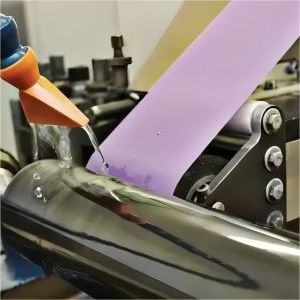
Roller finishing
-
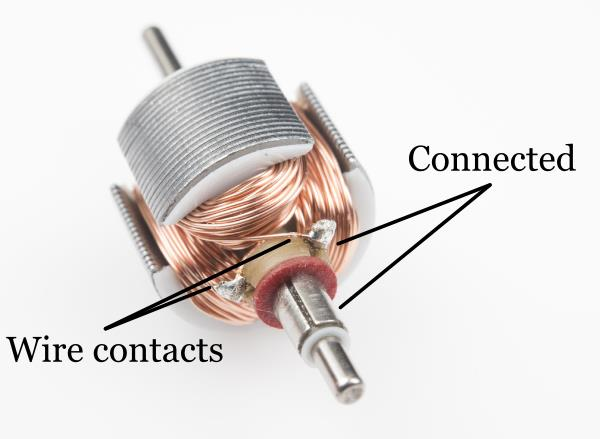
Electronics
-
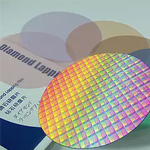
Semiconductors
-

Aerospace
-
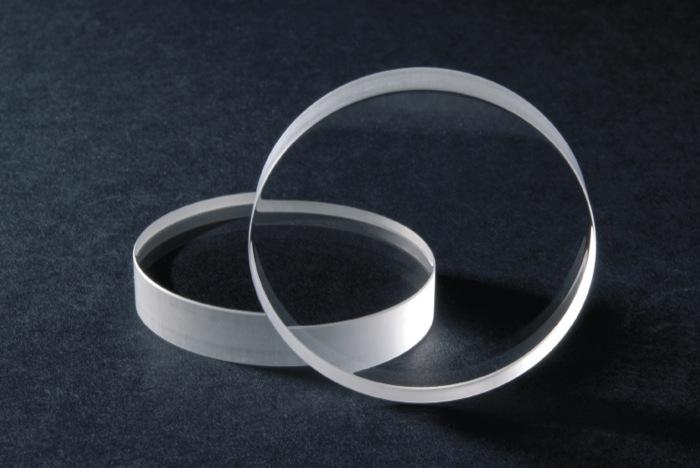
Optical Glass Crystal
-

Jewellery lapidary
-

Medical
-

Oil & Gas
-

Food Processing
-
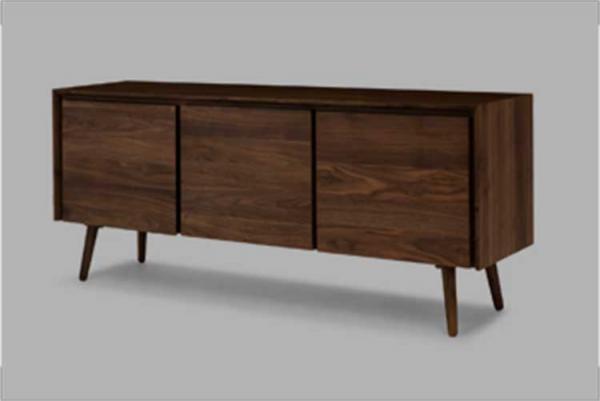
Furniture and Wood industry
-
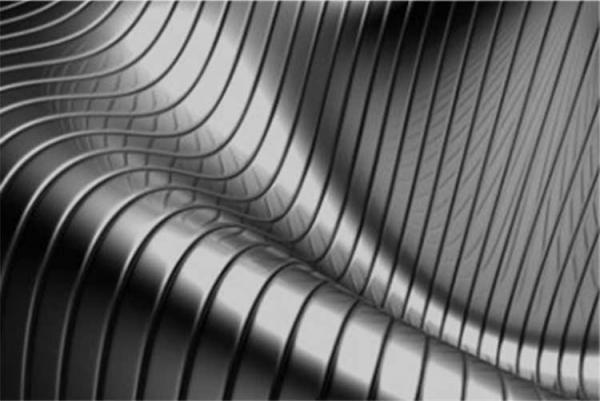
Metals Finish
-
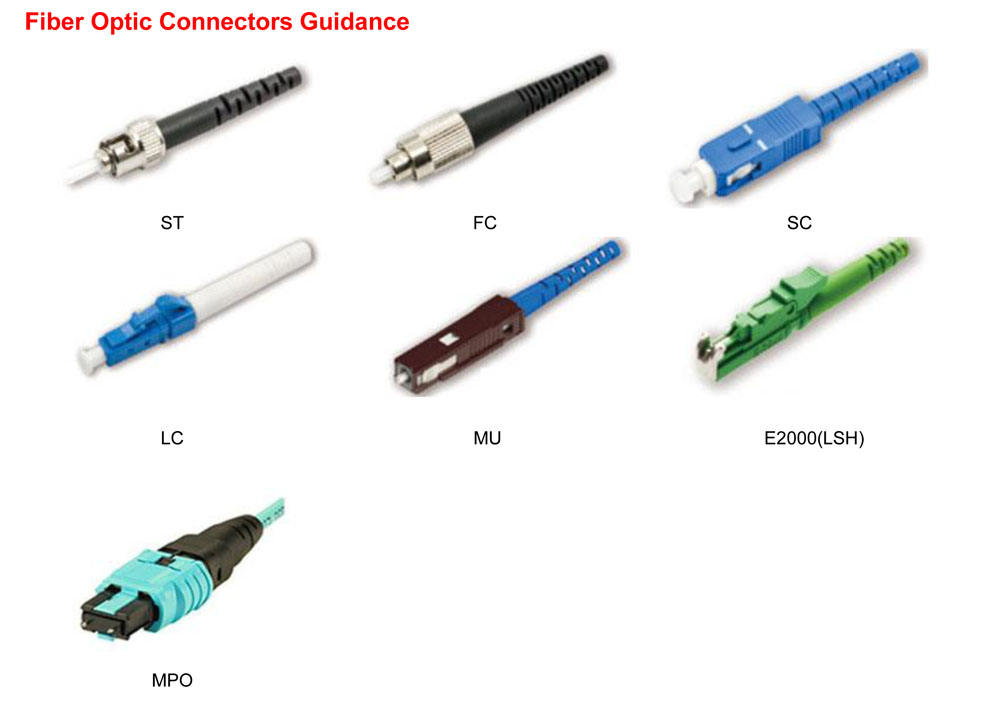
Fiber Optics Polishing
-
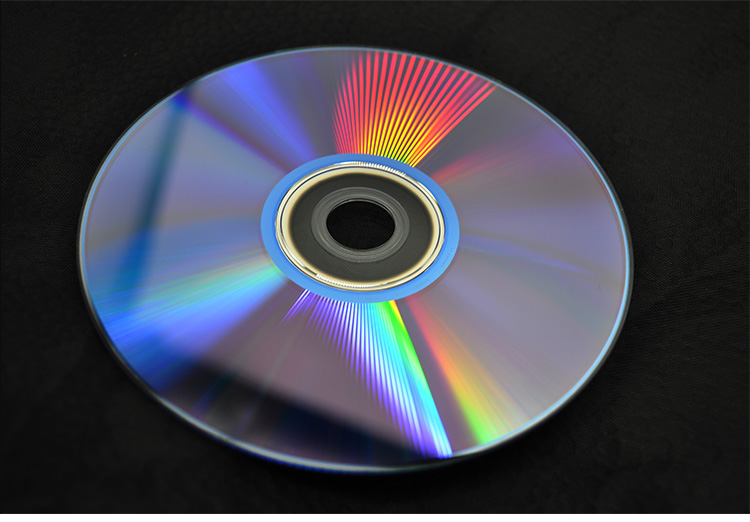
Music industry
-
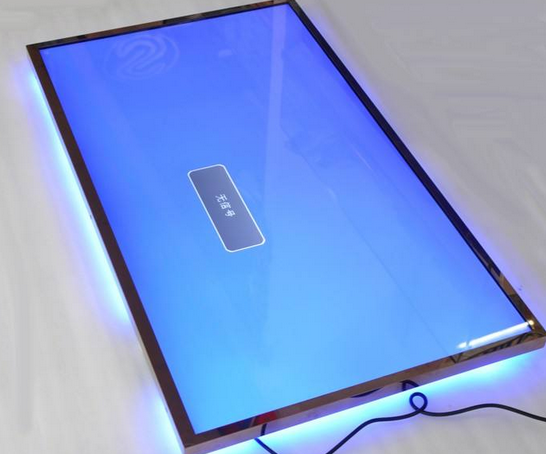
LED LCD Panel
-
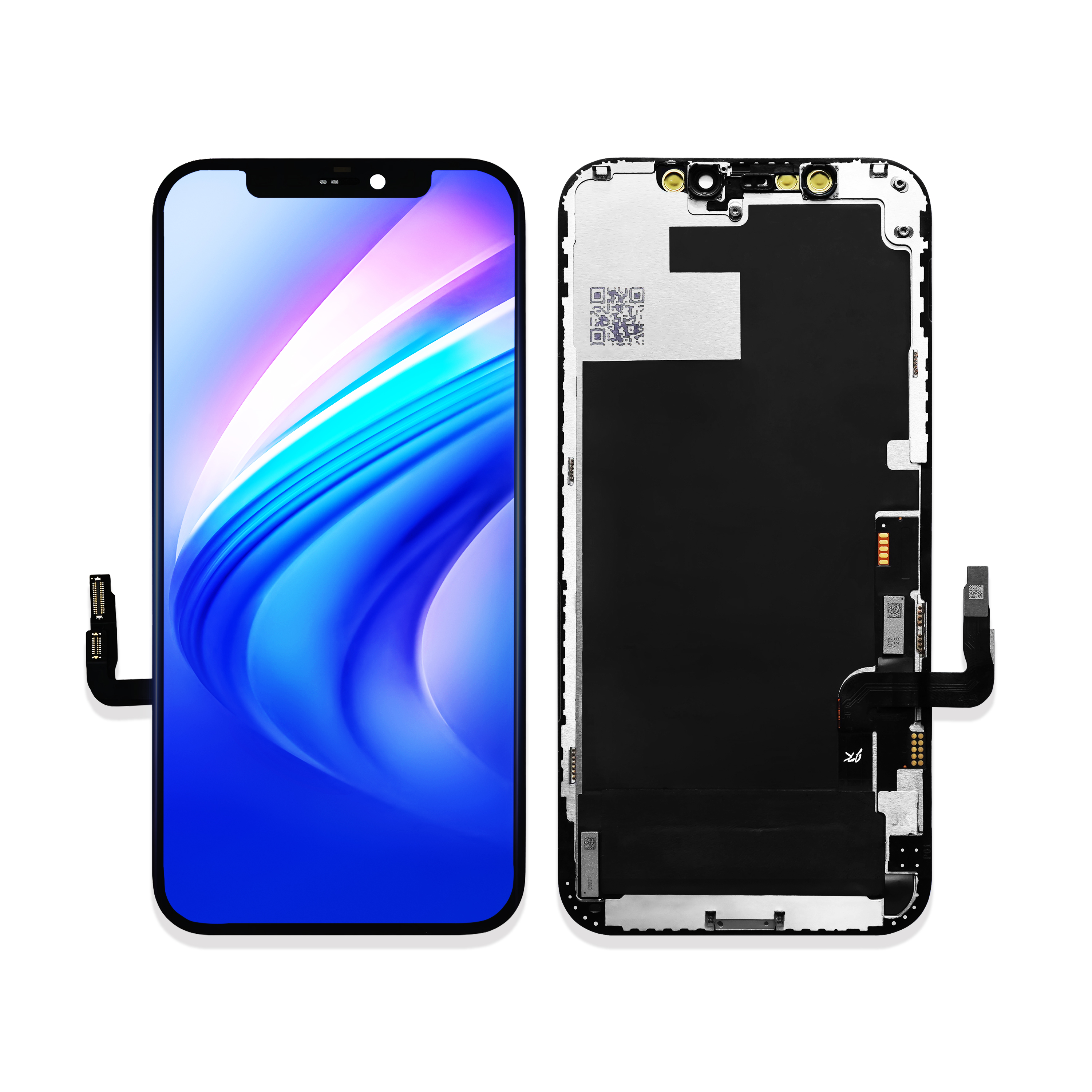
Mobile Phone Industry
-
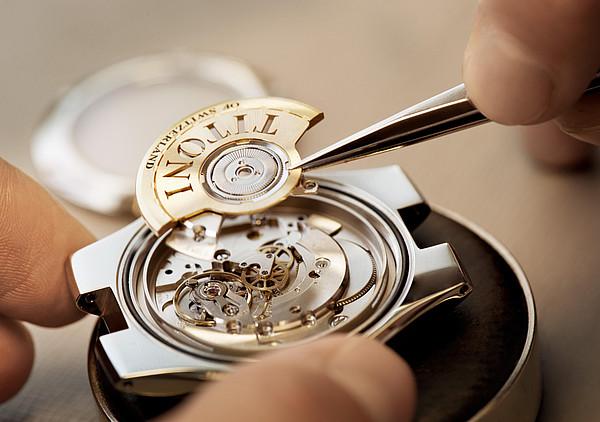
Watch
-
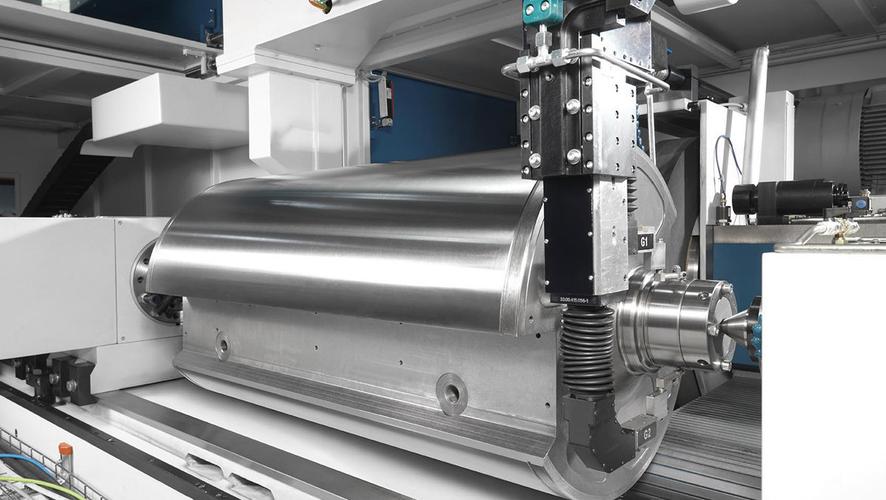
Printing and Paper industry
-
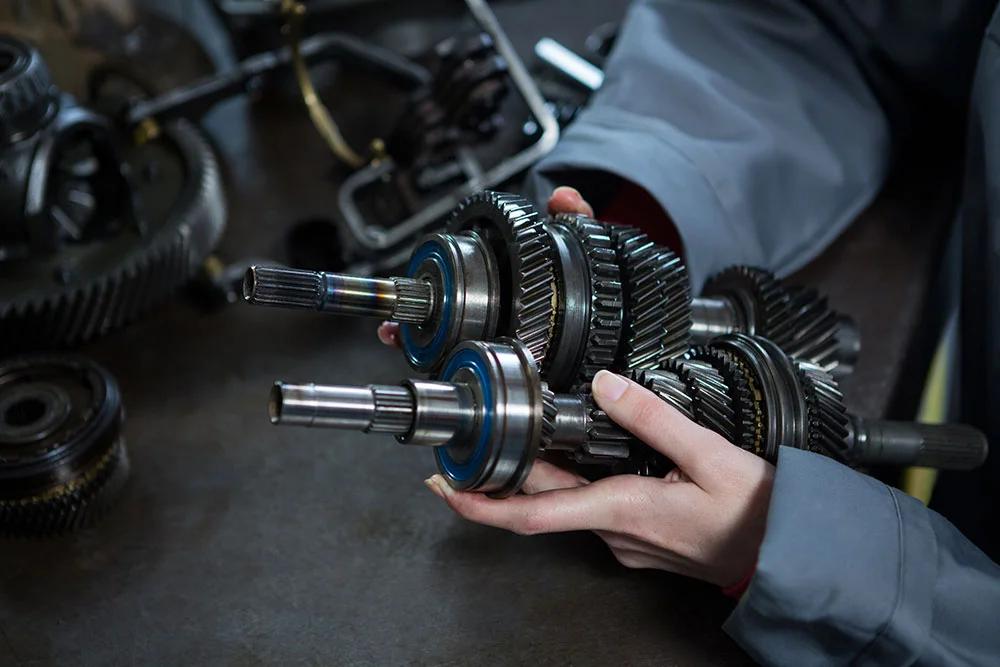
Engine and Machine parts
-
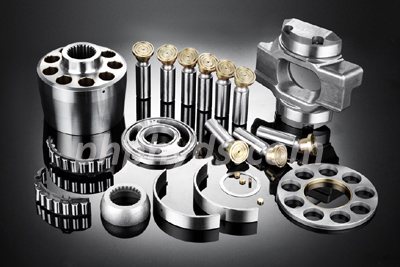
Hydraulic components
-

Pneumatic components
-
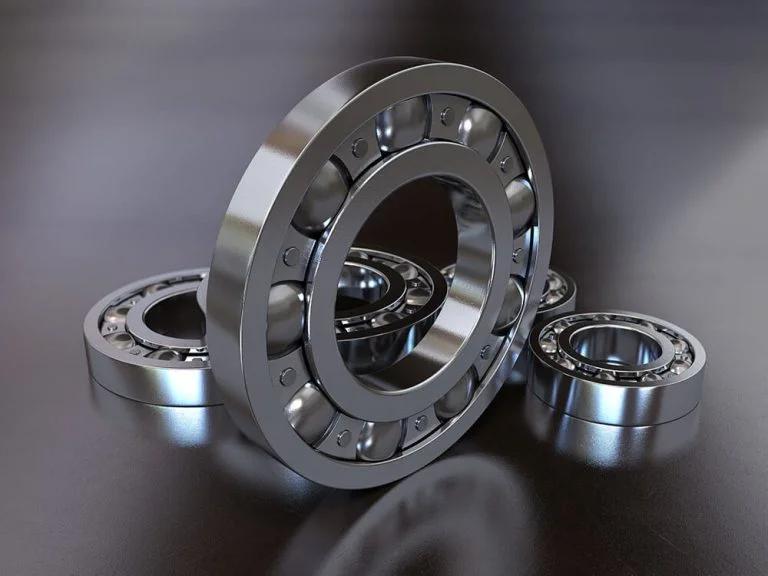
Ball bearings
-

Gear and Train components
-
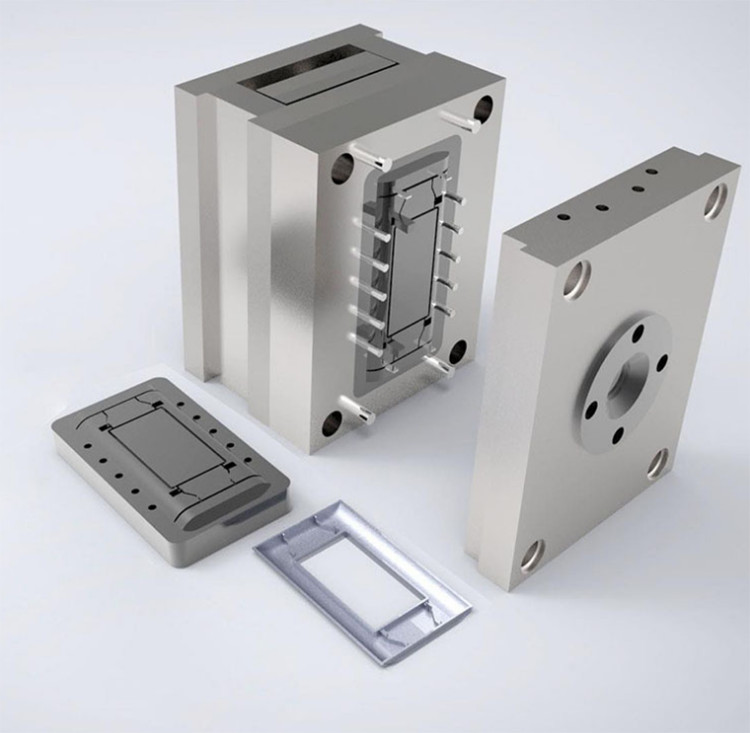
Moulds
-
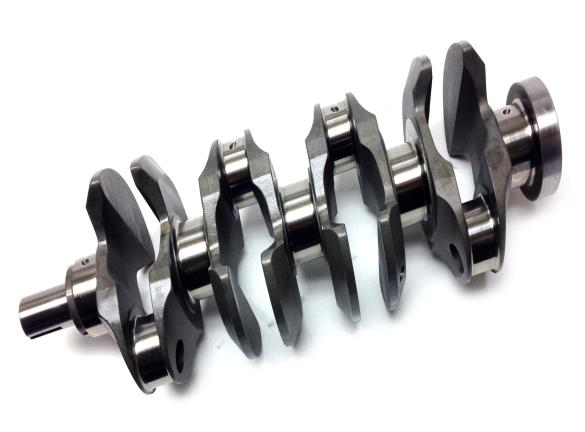
Cranks Cams and Steering devices
-

Dental Polishing
-

Knife Blade Tools sharpening
-

Hard disks and Magnetic head
-
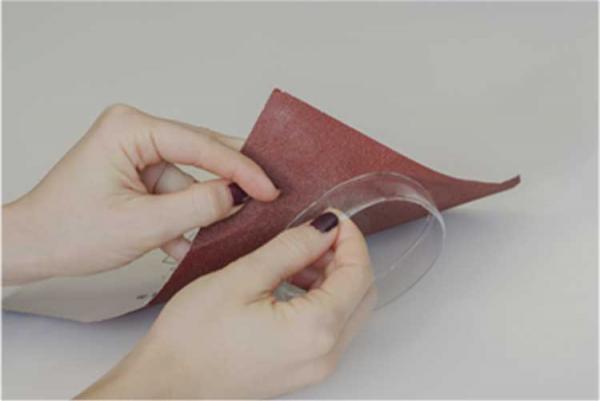
Other parts end face polishing



















































